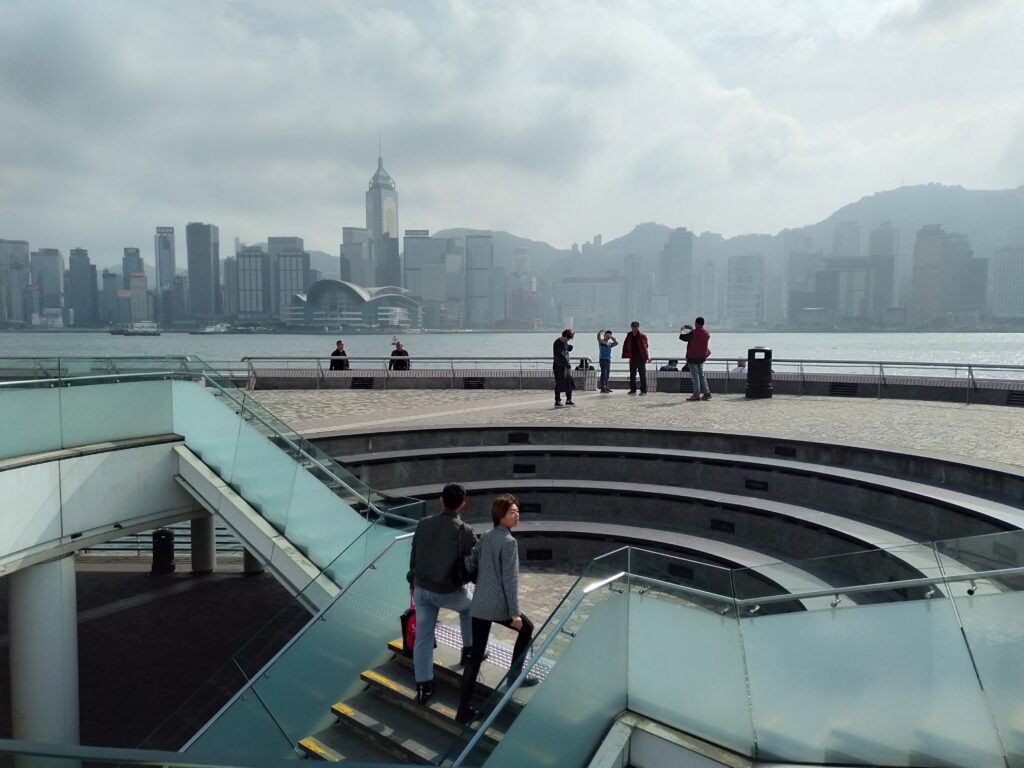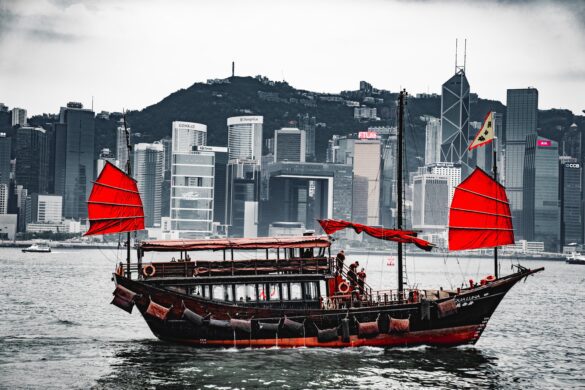Facts you should adhere to before visiting Hong Kong
- About Hong Kong
- How to Reach Hong Kong
- Best Time to Visit Hong Kong
- How to get around Hong Kong
- Money in Hong Kong
- Hong Kong Festivals
- Accommodation in Hong Kong
- Eating Habits in Hong Kong
- Nightlife in Hong Kong
- Things to do in Hong Kong
About Hong Kong
A coastline of 1100 square kilometers in southern China and several islands east of the Pearl River Delta make up Hong Kong. The main urban area is located along Hong Kong Island’s north shore, where it is possible to see remnants of the former colony, such as English place names and anachronistic double-decker trams trundling along the coast, as well as stunning examples of contemporary architecture, such as towering structures perched precariously on steep hillsides and entire districts devoted to the sale of herbs and Traditional Chinese Medicine. There may be numerous good beaches, a sizable amusement park, and even hiking options in the island’s south.
How to Reach Hong Kong
Air travel is the most popular and practical means of getting to Hong Kong. Chek Lap Kok Airport is a sizable international airport that has been operational since 1998. Millions of travelers walk through its doors each year, making it one of the busiest ports in the world.
Best Time to Visit Hong Kong
The finest months to visit Hong Kong are late September to late December, during the autumn and early winter. Our preference is due to the fantastic weather, temps, and outdoor activities. However, as you will soon see, there are many good reasons to travel to Hong Kong because it is a popular destination all year round.
How to get around Hong Kong
There are numerous means to get to Hong Kong, including taxi, ferry, rail, bus, and tram. Cash, Octopus Cards, and e-Wallets are just a few of the handy payment options available in the city, which boasts one of the world’s safest, most effective, and most frequent public transportation networks.

Money in Hong Kong
Hong Kong has its currency, the Hong Kong dollar, which is now worth a penny more than the Chinese yuan and is tied at about $8 to the US dollar. Officially, yuan cannot be used in Hong Kong. However, a few shops will accept them.
Get an Octopus Card, a regenerated stored-value ticket that can be used for transportation on all MTR services, the majority of buses, and the majority of ferries, if you anticipate doing a lot of moving around. The card costs $50, and you may increase its worth by using the MTR machines to load it with your money; the Senior version, available to those over 65, offers reduced rates. When you swipe your card over the yellow sensor pads at station turnstiles or next to the bus driver while riding, the fare is electronically debited each time you use the card. Numerous retail establishments, such as 7-11 convenience stores, Maxim’s restaurants, and Park’n’Shop supermarkets, accept Octopus cards as payment.
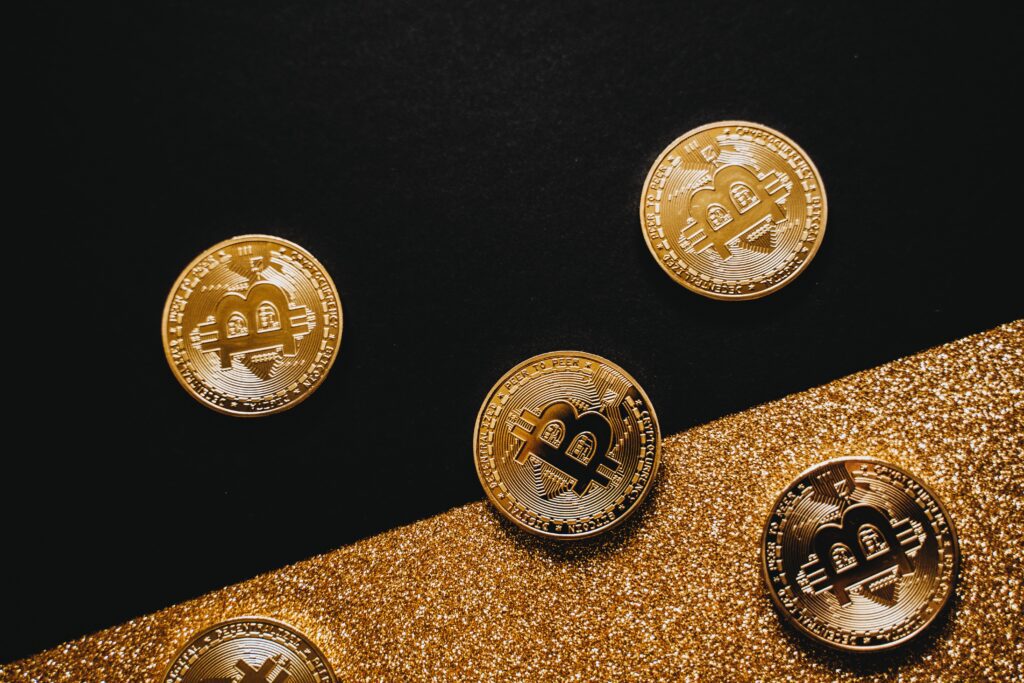
Hong Kong Festivals
Large-scale maritime festivities are held, especially at Joss House Bay on the Sai Kung Peninsula. The Tin Hau Festival, grasped in late April or early May in honor of the Goddess of the Sea, is one of the unique festivals in Hong Kong. Another is the Tai Chiu Festival, also referred to as the Bun Festival in English, which takes place in May on Cheung Chau Island. Early in June, races take place as part of the Tuen Ng (Dragon-Boat) Festival in several regional locations. Other Chinese holidays, like the New Year and Mid-Autumn, are also enthusiastically observed in Hong Kong, if not more so.
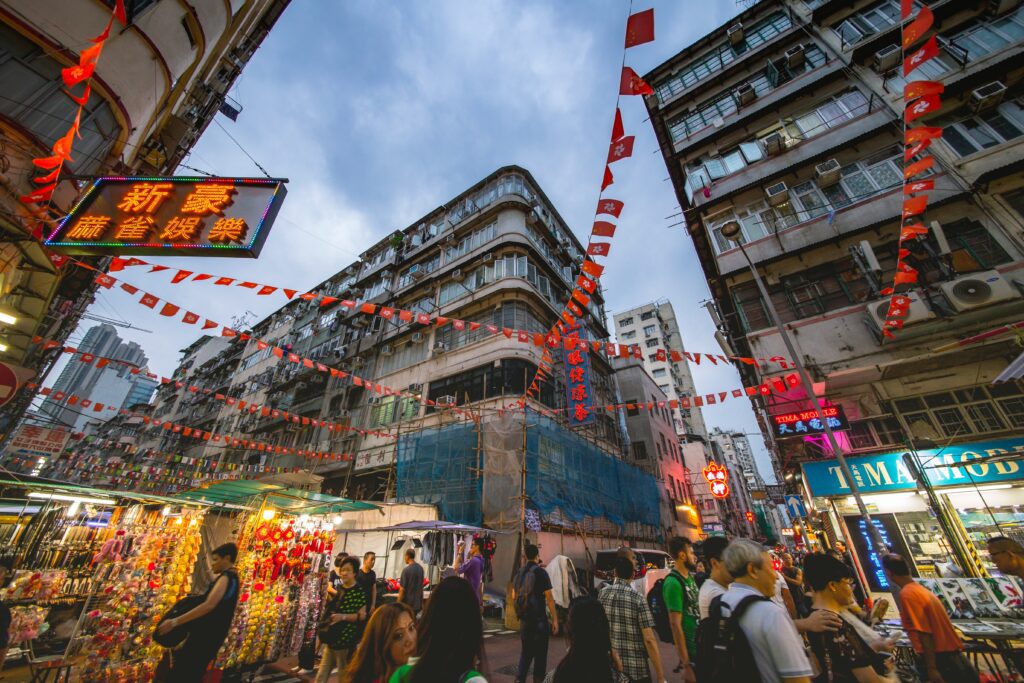
Accommodation in Hong Kong
Although Hong Kong has an enormous selection of every type of lodging, reservations are strongly advised, either to lock in a lower rate at higher-end establishments or because budget lodging tends to book up quickly. Few of the finest hotels in the world are at the top of the market; they cost several thousand dollars per night, but less well-known locations with motel-like amenities start at around $800. Guesthouses and hostels provide lodging at a lower cost; always verify the size of the room (albeit they will always be small), whether it has a window, and whether air conditioning is an additional fee. While shared dorms can be found for less than $350, it’ll still be rare to locate a dormitory for the lowest prices, $150 a night for a bed.
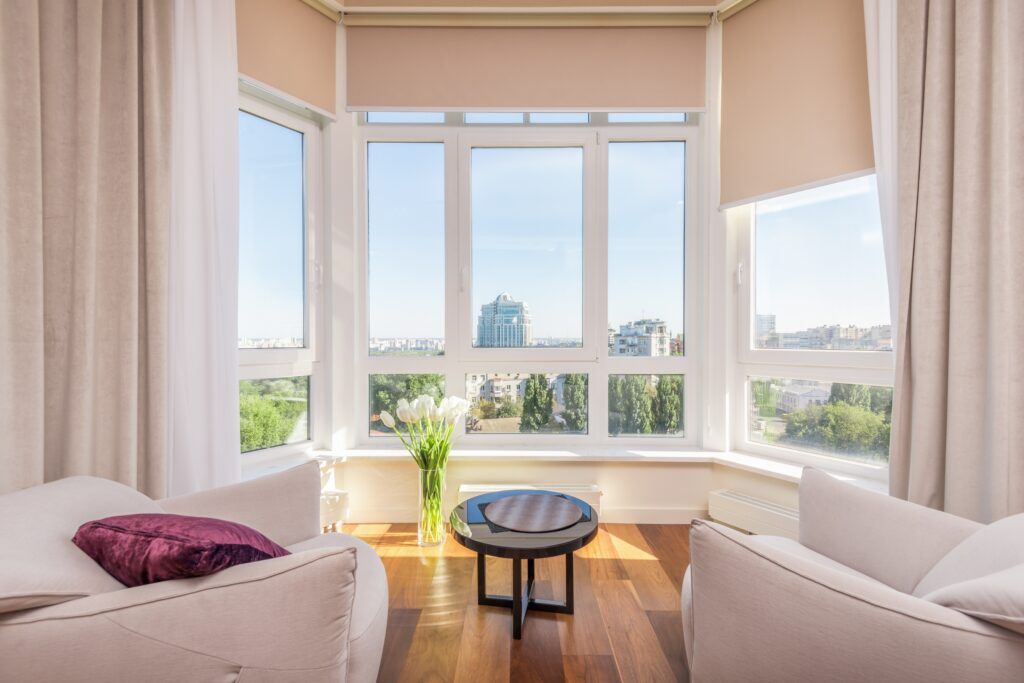
Eating Habits in Hong Kong
Hong Kong has an excellent selection of dining establishments because of its multicultural heritage and food’s significance in Chinese culture. Local Cantonese cuisine is the most common type served. However, Chaozhou, Hakka, Beijing, Sichuanese, and Shanghai cuisine are also available at some restaurants. Several international options include Western fast-food franchises, curry houses, sushi bars, hotel lunch buffets, pizzerias, and restaurants serving South American, Southeast Asian, and vegetarian cuisine. A small portion of the total locations are included below, emphasizing the more affordable end of the market; Chinese characters are provided where there is no English sign.
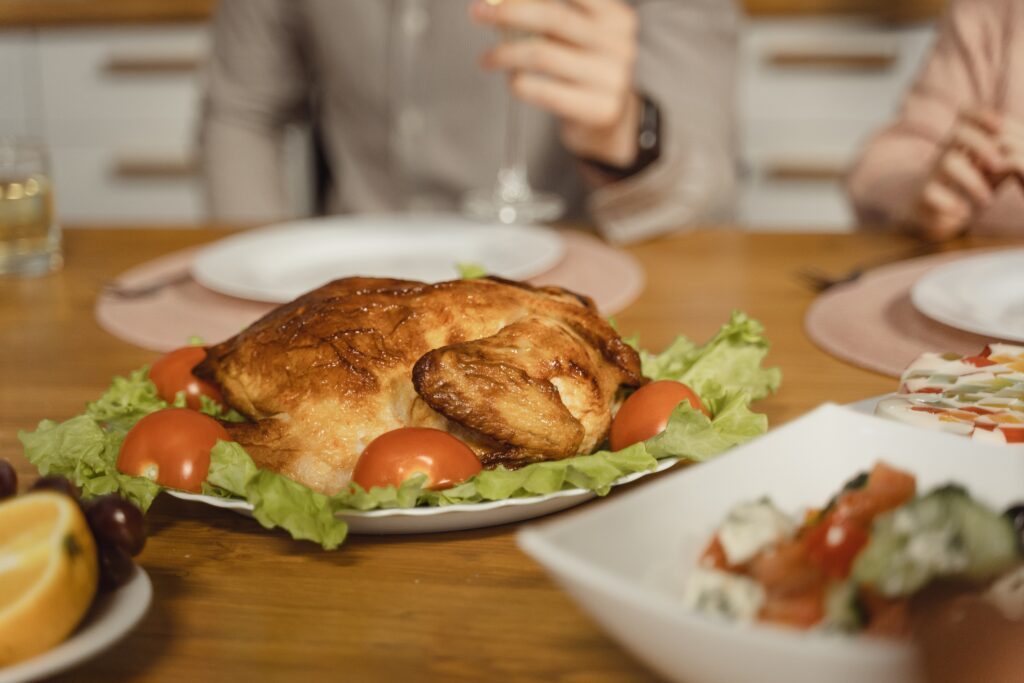
Nightlife in Hong Kong
The Hong Kong Island area of Lan Kwai Fong has the greatest concentration of bars and is well known for its late-night revelry and spillover of drinkers onto the streets. Other places include Tsim Sha Tsui, which has a sprinkling of alternatives geared toward tourists, and the long-standing, slightly seedy ex-pat culture in and around Wan Chai. Everywhere also offers a daily break time at some point between 3 pm and 9 pm, which is worthwhile to catch because drinks are otherwise expensive. However, some establishments charge a $50–500 admission fee on specific evenings (often Friday and Saturday). Free HK Magazine and BC Magazine are good resources for event information (bcmagazine.net). Though rarely notable, the LGBT scene is at least more vibrant in Hong Kong than in other Chinese cities; listings can be found at timeout.com.hk.
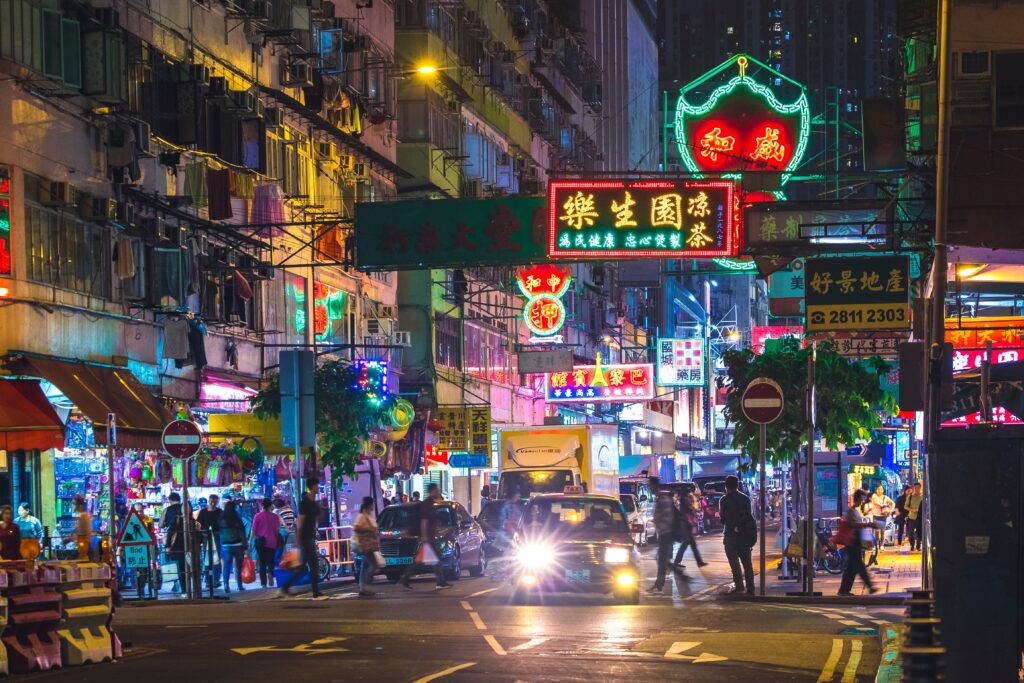
Things to do in Hong Kong
- Aberdeen Harbour Cruises
As you get close to Aberdeen Harbour, women will catch your attention and try to sell you a sampan tour ($50 per person for a 30-minute ride, regardless of the number of passengers). The journey offers picturesque vistas of luxury ships, boat yards, floating restaurants—which are incredibly stunning when illuminated at night—and houseboats replete with pets, drying laundry, and outdoor kitchens.
There’s no obligation to eat here if you want to look around; however, frugal people can enjoy a ten-minute free harbor trip by taking a ferry to the tawdry decorated three-floor Jumbo Restaurant (Mon-Sat 11 am-11.30 pm, Sun 7 am-11.30 pm) from a dock marked with a red gateway close to the fish market. If you take the Aberdeen-Lamma ferry, you’ll also go through the harbor.
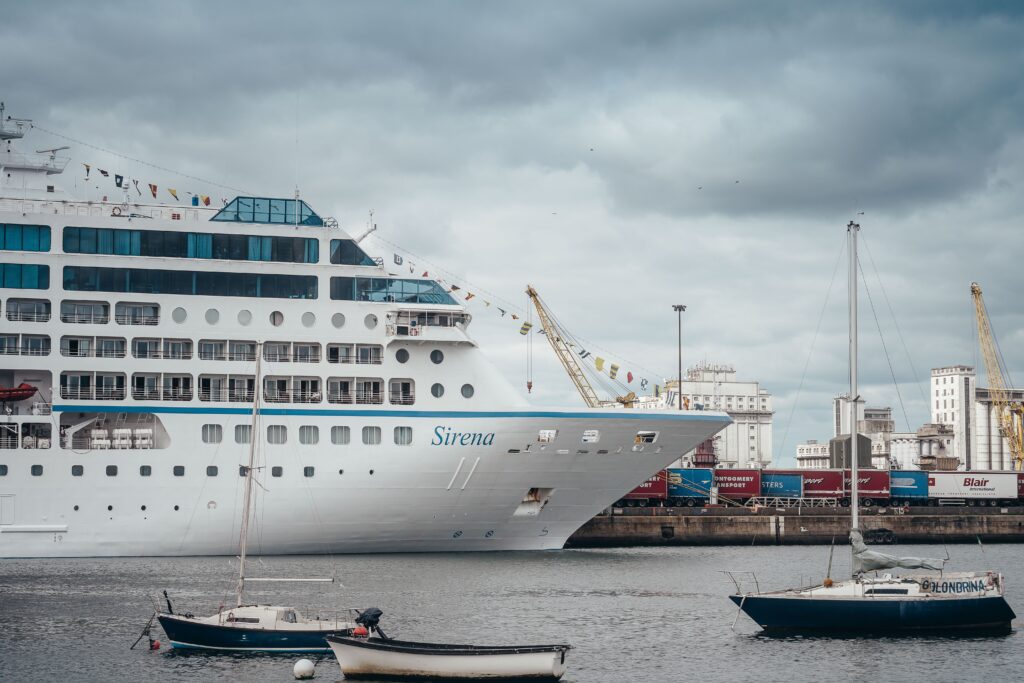
- Hiking Pat Sin Leng
Following the ridge of the Eight Immortals, or Pat Sin Leng, is one of the best day treks in Hong Kong, at least for vistas. From here, the trail ascends a series of short, angular, scrubby hills before falling sharply to Tai Mei Tuk hamlet and the buses that take travelers back to Tai Po. Because of the exposed nature of the trail, bring a drink, sunscreen, a hat, and shoes with good traction.
Take the MTR to Fan Ling, where the green minibus #52B (daily 6 am-8.20 pm) travels to the little village of Hok Tau Wai. The track ascends loose scree to the grassy hill, which you then follow east, after continuing to follow the road past a small cemetery until you reach Hok Tau Reservoir. Wong Leng, the 639m pinnacle about halfway along, is a beautiful place to pause for lunch and the views. From here, the trail ascends a series of short, angular, scrubby hills before falling sharply to Tai Mei Tuk hamlet and the buses that take travelers back to Tai Po.

- Kowloon
Kowloon, a 4 km long stretch of the mainland permanently ceded to Britain in 1860 to add to their offshore island, was built with vigor and confidence. Kowloon’s location in the old airport’s flight path at Kai Tak has prevented it from having a skyline that can compete with that of Hong Kong Island. However, things could be about to change: The 484-meter-tall International Commerce Centre (ICC), which sits above Union Square and the Airport Express terminal in West Kowloon, became Hong Kong’s tallest structure in 2010. With skyrocketing rents and shrinking space along Hong Kong Island’s north coast, perhaps ICC signals a change in location for the SAR’s next wave of cutting-edge harbourside construction.
